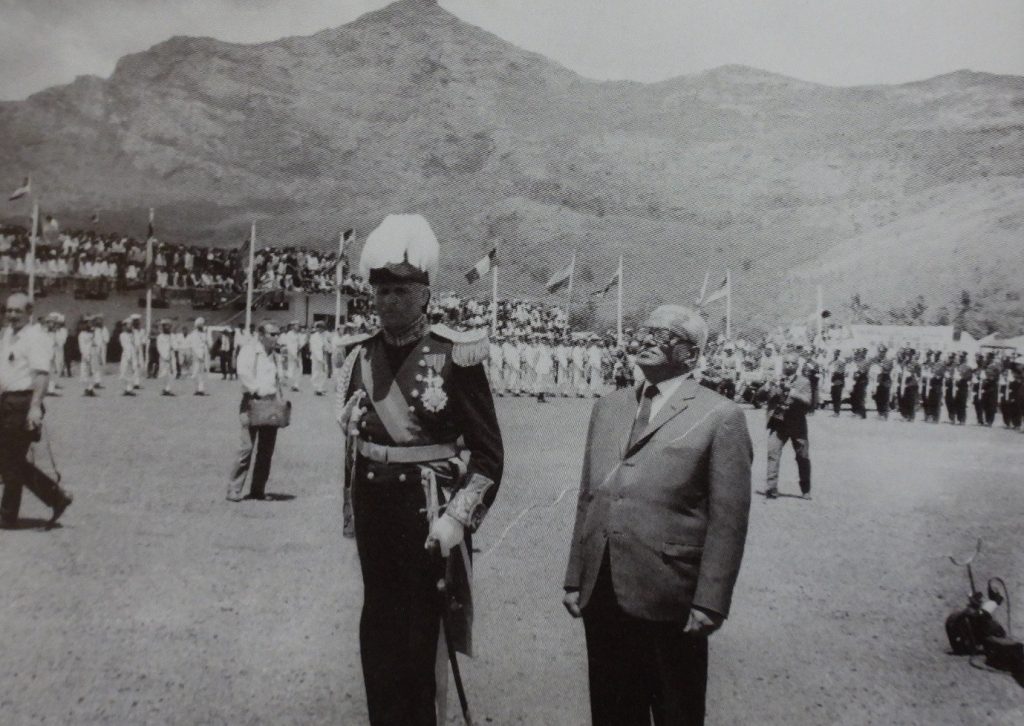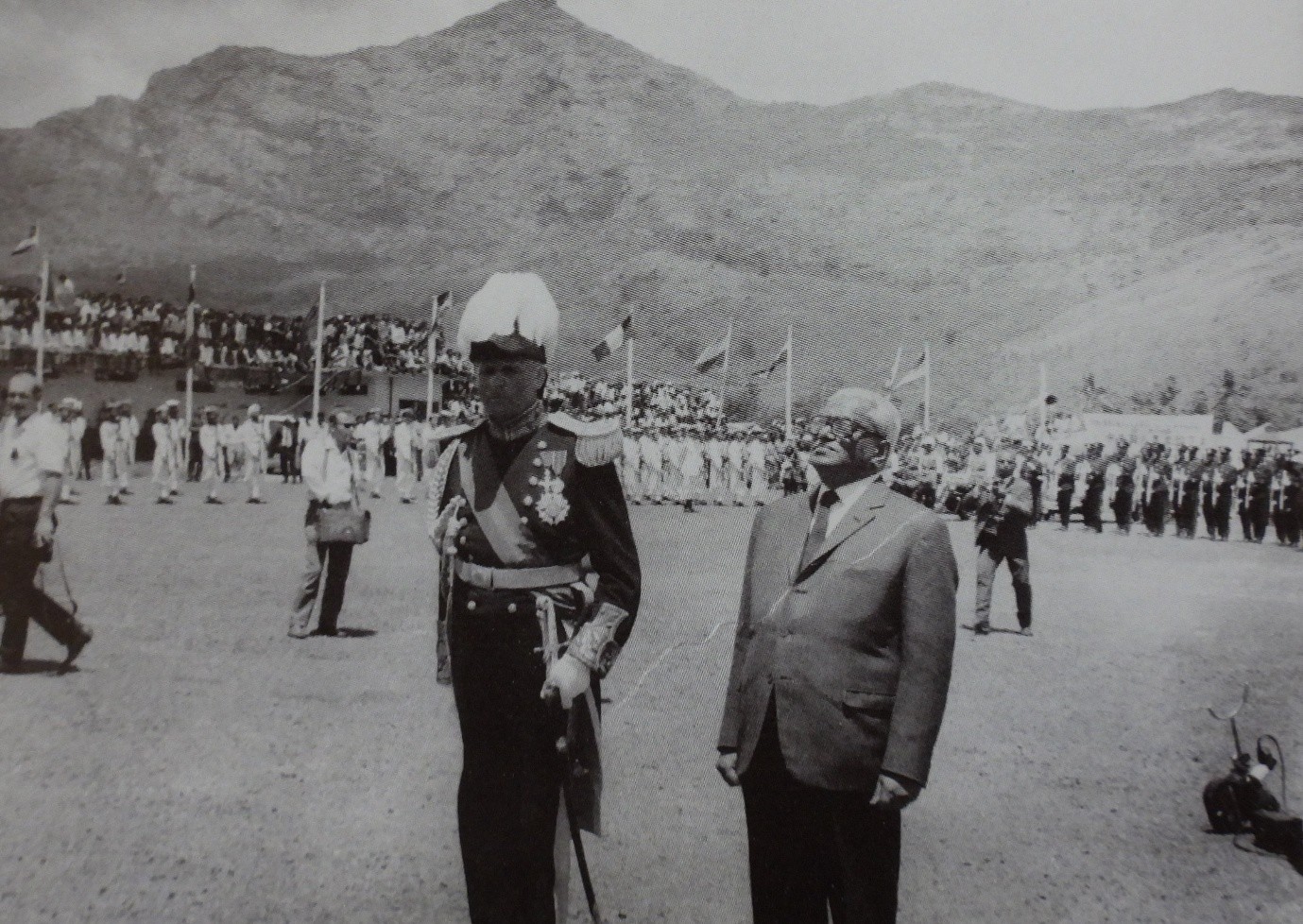
Fig 4 Raising of the Mauritian flag at Champs de Mars at high noon on 12 March 1968 as power was passed from Governor Sir John Shaw Rennie to Sir Seewoosagur Ramgoolam, the son of an Indian Indentured Labourer
(Source: GIS)
Independence and Nation-Building
When Sir Seewoosagur Ramgoolam returned to Mauritius, he entered politics in 1940 at a time of growing demands for greater voting rights, workers’ rights, a new constitution, and greater autonomy for the island. As the independence movement gathered momentum, Sir Seewoosagur Ramgoolam recognised that political sovereignty alone was insufficient. The island’s strength lay in its people, but its multicultural society could easily fracture along lines of ethnicity and religion. He therefore argued that true nationhood required inclusion, respect, and unity. He advocated a Westminster-style parliamentary democracy with protections for minorities, an independent judiciary, and free elections.

